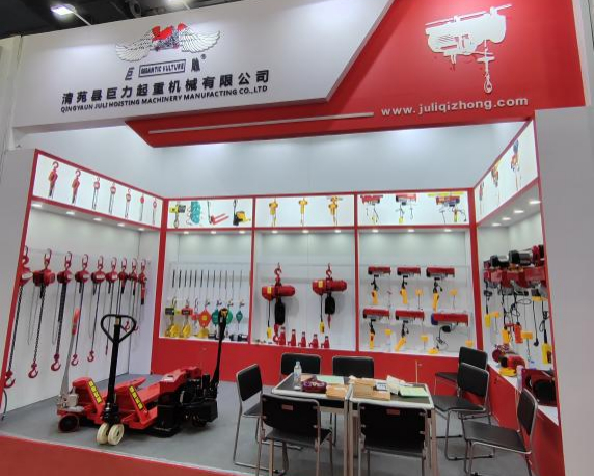


Fall Protection Frequently Asked Questions
Falls are one of the leading causes of workplace injuries and fatalities, especially in industries such as construction, maintenance, and warehousing. As such, understanding fall protection is crucial for both employers and employees. This article addresses some commonly asked questions about fall protection to help create a safer working environment.
What is Fall Protection?
Fall protection refers to a system or equipment that minimizes the risk of falls at the workplace. It includes various methods such as guardrails, safety nets, safety harnesses, and personal fall arrest systems (PFAS) designed to protect workers who are at risk of falling from heights.
Who Needs Fall Protection?
According to OSHA (Occupational Safety and Health Administration) regulations, fall protection is required when employees are working at heights of six feet in the construction industry and 4 feet in general industry. Any worker who is engaged in activities where there is a potential risk of falling from elevated surfaces needs appropriate fall protection measures in place.
What Are the Different Types of Fall Protection Systems?
There are several types of fall protection systems, including
1. Guardrails These are barriers placed around elevated areas to prevent workers from falling off edges. 2. Safety Nets Installed below elevated work areas, safety nets catch workers who may fall, minimizing injury risk. 3. Personal Fall Arrest Systems (PFAS) This includes harnesses connected to anchor points designed to catch an individual if they fall. 4. Positioning Systems These systems allow workers to be supported on an elevated surface while keeping their hands free to work. 5. Warning Lines These visual indicators notify workers that they are approaching an unprotected edge.
How Should Fall Protection Systems Be Maintained?

Regular inspections and maintenance of fall protection equipment are essential for safety. Employers should establish a routine schedule for inspecting equipment like harnesses, lanyards, and anchor points for wear and tear. Any equipment that has been subjected to a fall or shows signs of damage should be taken out of service immediately and replaced.
What Training is Required for Fall Protection?
Training is a crucial element of fall protection. Employees must understand how to correctly use fall protection systems and be aware of the risks associated with working at heights. This training should cover
- Identifying fall hazards - Understanding the components of personal fall protection systems - Properly donning and doffing harnesses - Rescue procedures in case of a fall
Employers are responsible for ensuring that workers receive adequate training and ongoing education.
What Are the Consequences of Not Using Fall Protection?
Failing to implement fall protection measures not only jeopardizes employee safety but can also lead to hefty fines and legal liabilities for employers. OSHA regulations are strict, and non-compliance can result in inspections, citations, and substantial penalties.
Conclusion
Fall protection is a vital aspect of workplace safety, particularly for those working at heights. Understanding the requirements, types, and training related to fall protection can significantly reduce the risk of falls and ensure a safer working environment. Both employers and employees must prioritize fall protection measures to prevent accidents and safeguard lives. By staying informed and compliant with safety regulations, workplaces can minimize the risks associated with falls and enhance overall safety standards.



